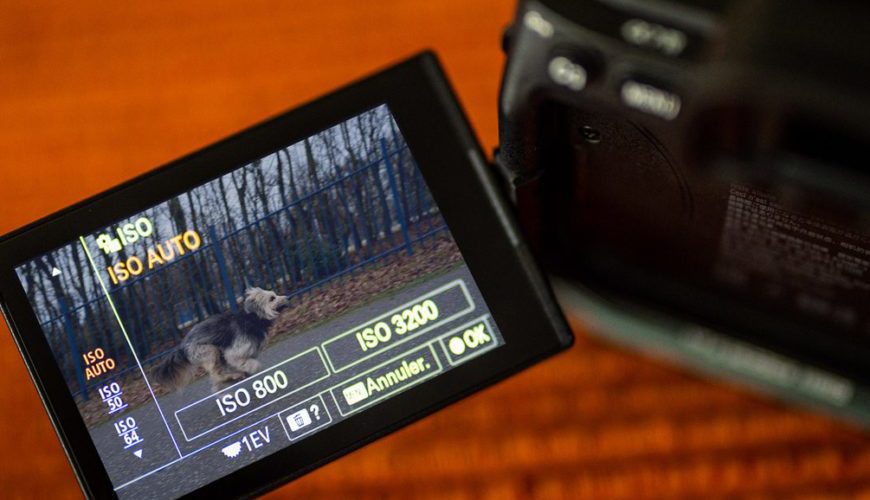ISO sensitivity is a crucial parameter in digital photography, allowing adjustment of the sensor’s light sensitivity. In modern professional cameras, its management involves sophisticated technologies to optimize image quality across a wide range of ISO values.
At the heart of the process is the CMOS sensor, composed of millions of photosites converting light into electrical charge. Adjusting ISO sensitivity is primarily done by amplifying this electrical signal before its conversion to digital data. Modern sensors often use a dual-gain architecture to optimize performance at different sensitivities.
Cameras are equipped with powerful image processors that play a crucial role in signal processing and noise reduction, particularly at high ISO values. These specialized SoC processors integrate vector computation units and dedicated hardware accelerators for real-time image data processing.
Noise reduction is an essential aspect, using spatial, temporal, and machine learning-based techniques. Sophisticated algorithms analyze the image to reduce noise while preserving details.
Cameras often distinguish between native ISO values and extended values, the latter being obtained through additional software processing. Dual ISO technology allows for optimizing dynamic range according to the chosen sensitivity.
The Auto ISO functionality automatically adjusts sensitivity based on shooting conditions, incorporating advanced light metering and scene analysis algorithms. This complex ISO management allows photographers to capture quality images in various lighting conditions, thus expanding their creative possibilities.
The original full article can be accessed here (in french).
